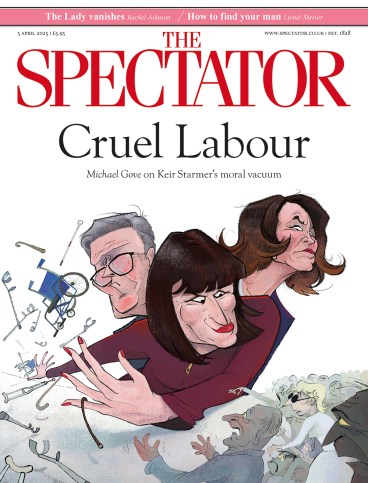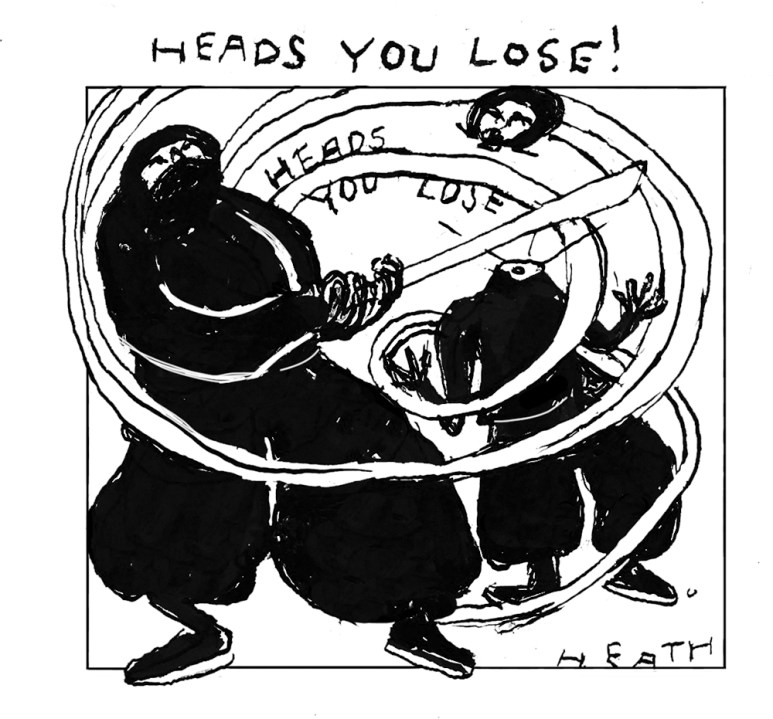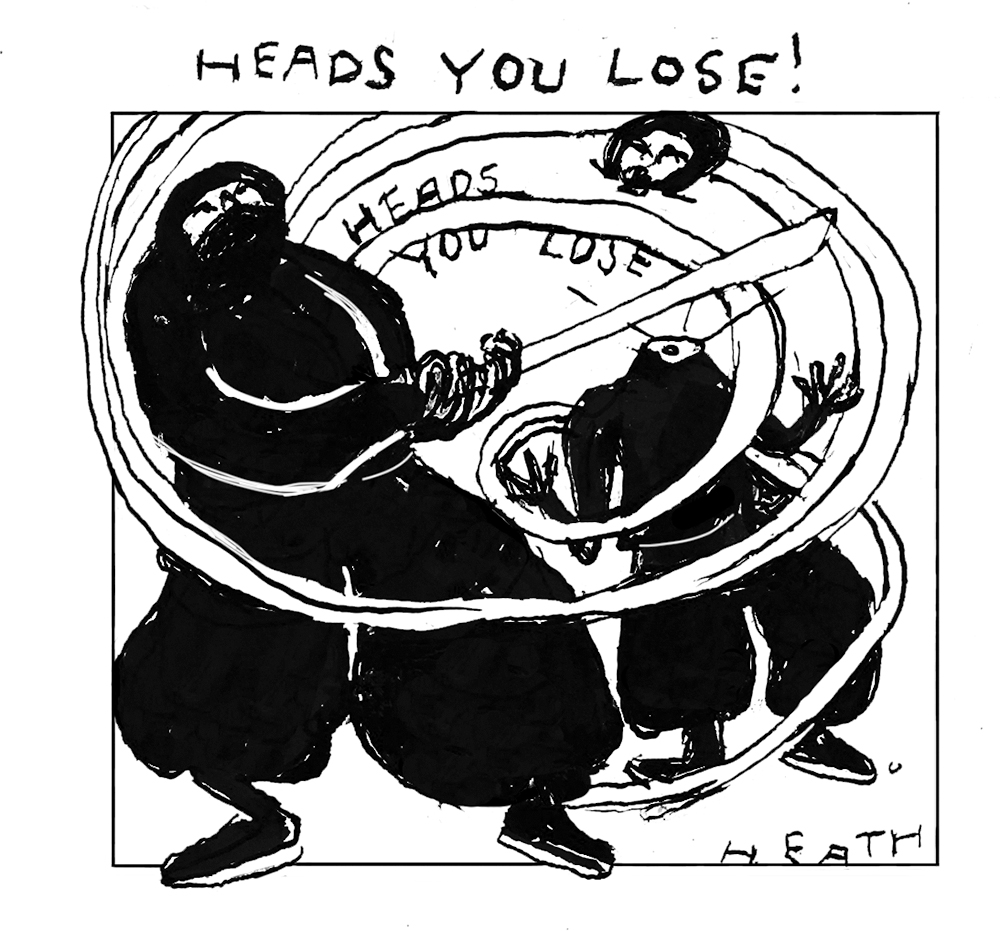
One of my favourite scenes in Kill Bill, Quentin Tarantino’s black comedy martial arts film, is the meeting of Beatrix ‘the Bride’ Kiddo, played by Uma Thurman, with sword-maker Hattori Hanzo at his scruffy sushi bar in Okinawa.
Hanzo: What do you want with Hattori Hanzo?
Kiddo: I need Japanese steel.
Hanzo: Why do you need Japanese steel?
Kiddo: I have vermin to kill.
Hanzo: You must have big rats, to need Hattori Hanzo’s steel.
Tarantino filched his sword-maker’s name from history. Hattori Hanzo was a real ninja (or rather, the historically correct word shinobi). Born in 1542, he spent his life in the service of the shogun Tokugawa Ieyasu and compiled the manual Shinobi Hiden (Legends of Ninja Secrets).
Japan’s most famous swordsman was Miyamoto Musashi (c.1584-1645), a kensei – sword saint – who, in a record 62 undefeated duels, became renowned for his double-bladed style. This involved using a full-length katana sword in combination with a short (less than 2ft), slightly curved wakizashi sword.
It is an inauthentic straight-bladed version of this weapon (not a genuine ninja sword) that has just been banned by the UK’s ‘Ronan’s law’, named after the young man stabbed to death with a sword purchased online.
By contrast, in 1960 the leader of the Japanese Socialist party, Inejiro Asanuma, was murdered on stage with a genuine wakizashi. A decade later the great novelist Yukio Mishima used a wakizashi blade to commit ritual suicide in an act of lamentation for Japan’s loss of its samurai spirit.
Japan did not need Hollywood to create the ninja mythology. It could do that by itself. The word ‘ninja’ itself is less than 100 years old.









Comments
Join the debate for just £1 a month
Be part of the conversation with other Spectator readers by getting your first three months for £3.
UNLOCK ACCESS Just £1 a monthAlready a subscriber? Log in